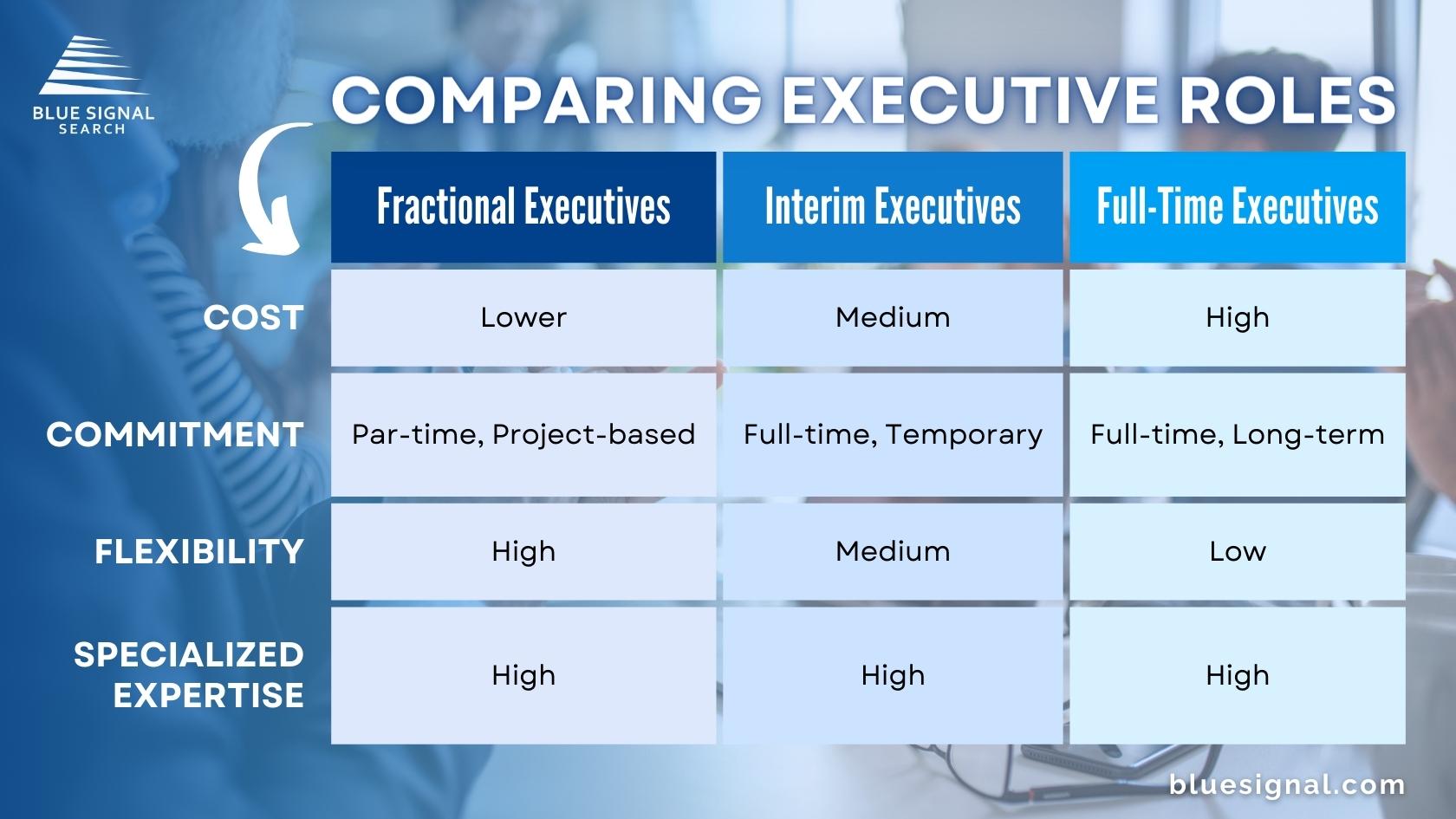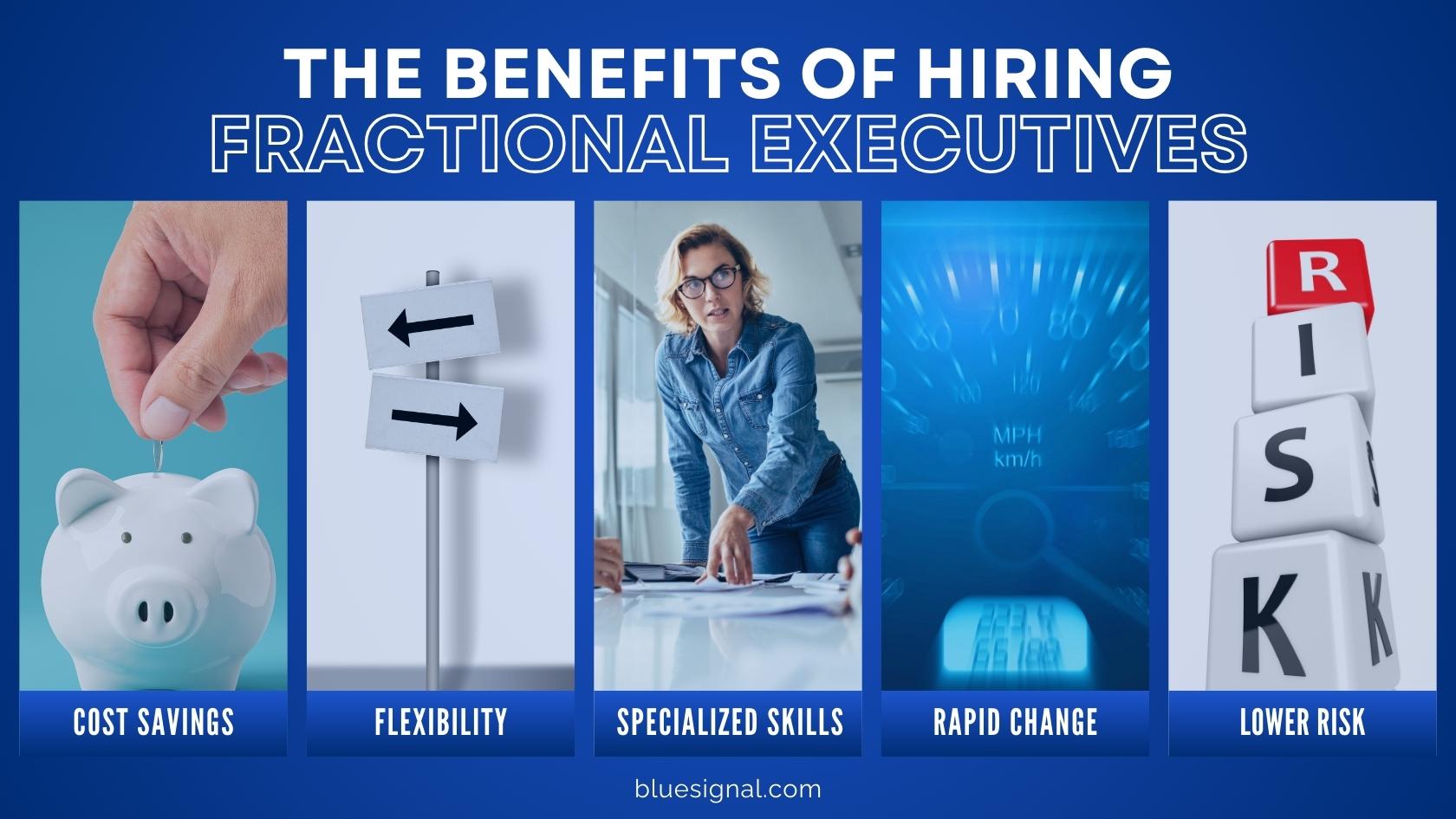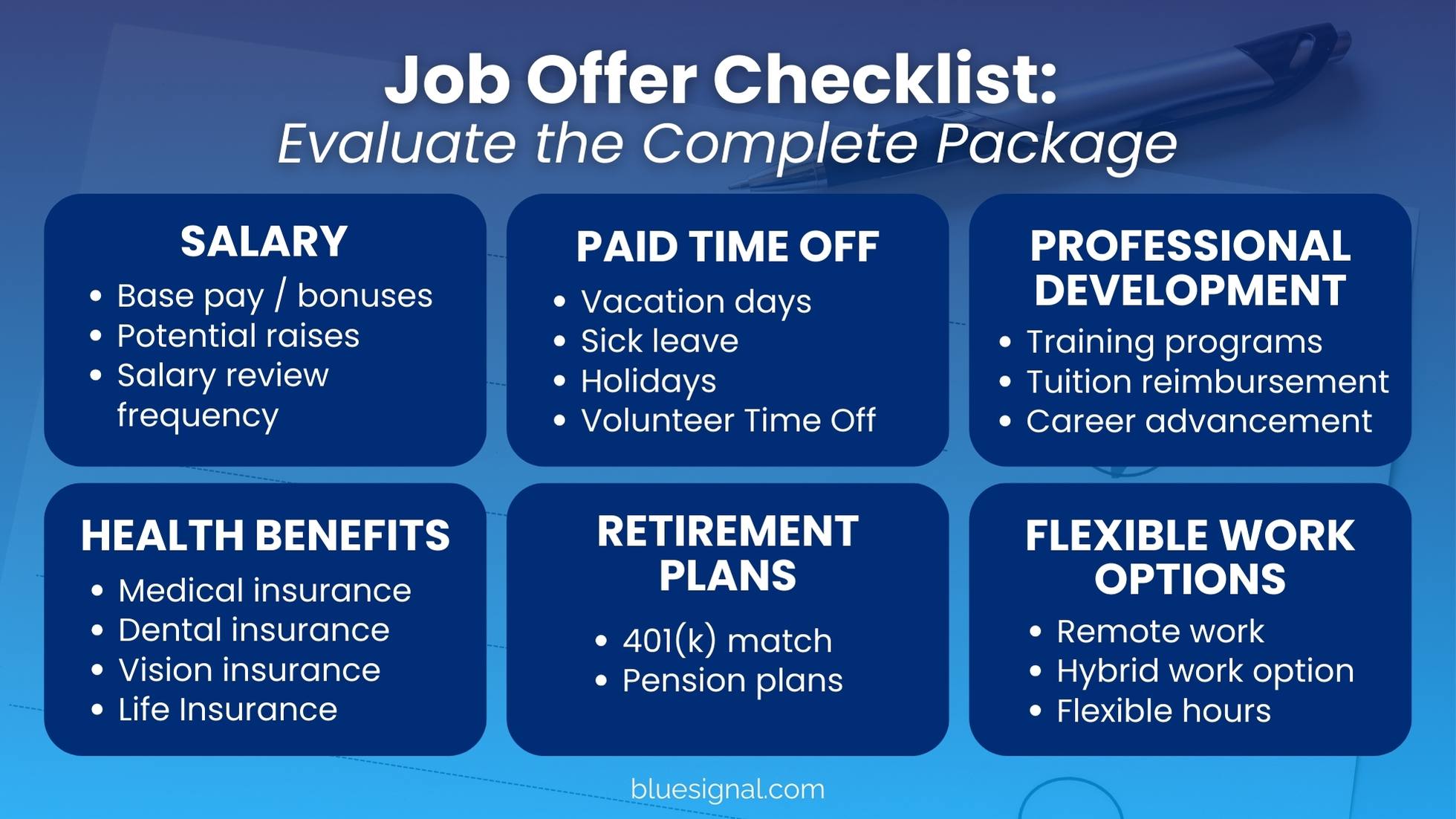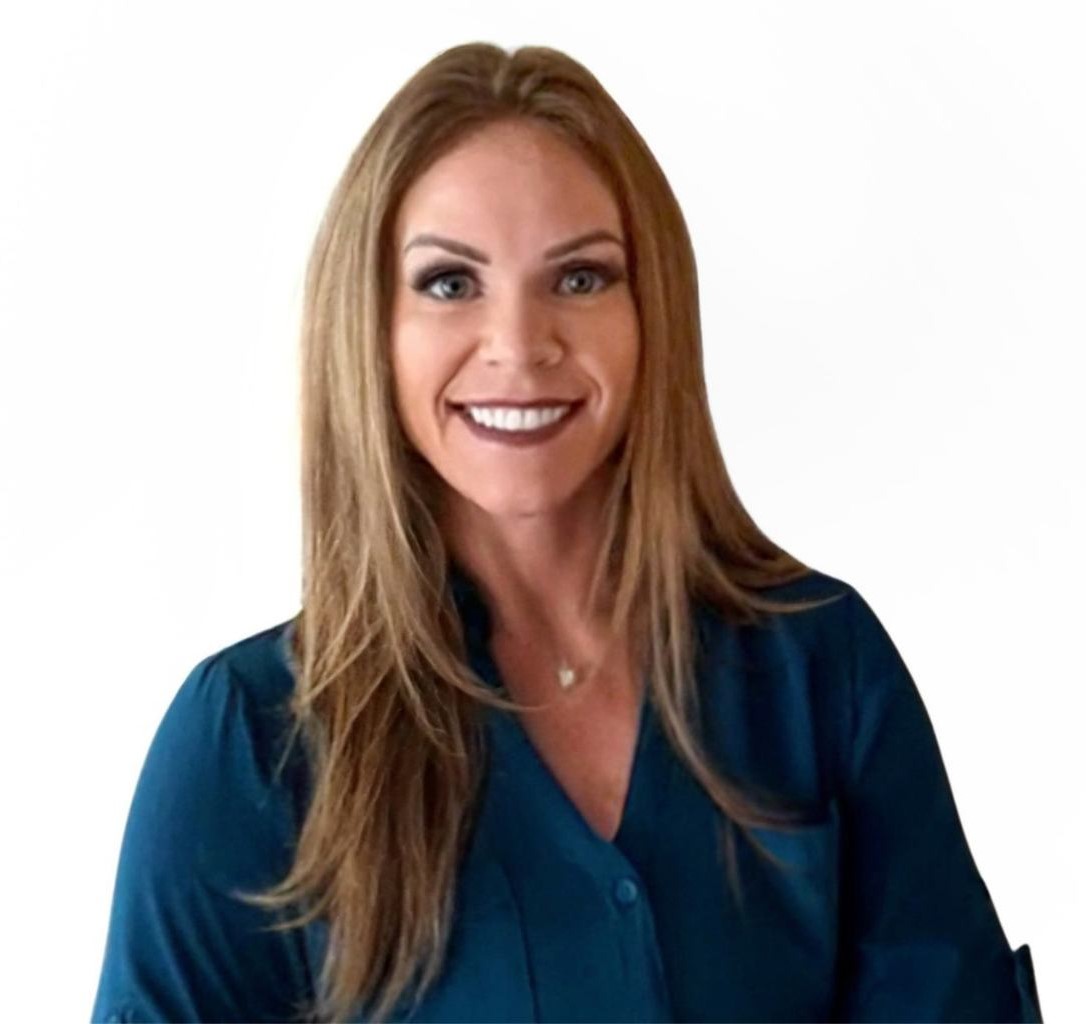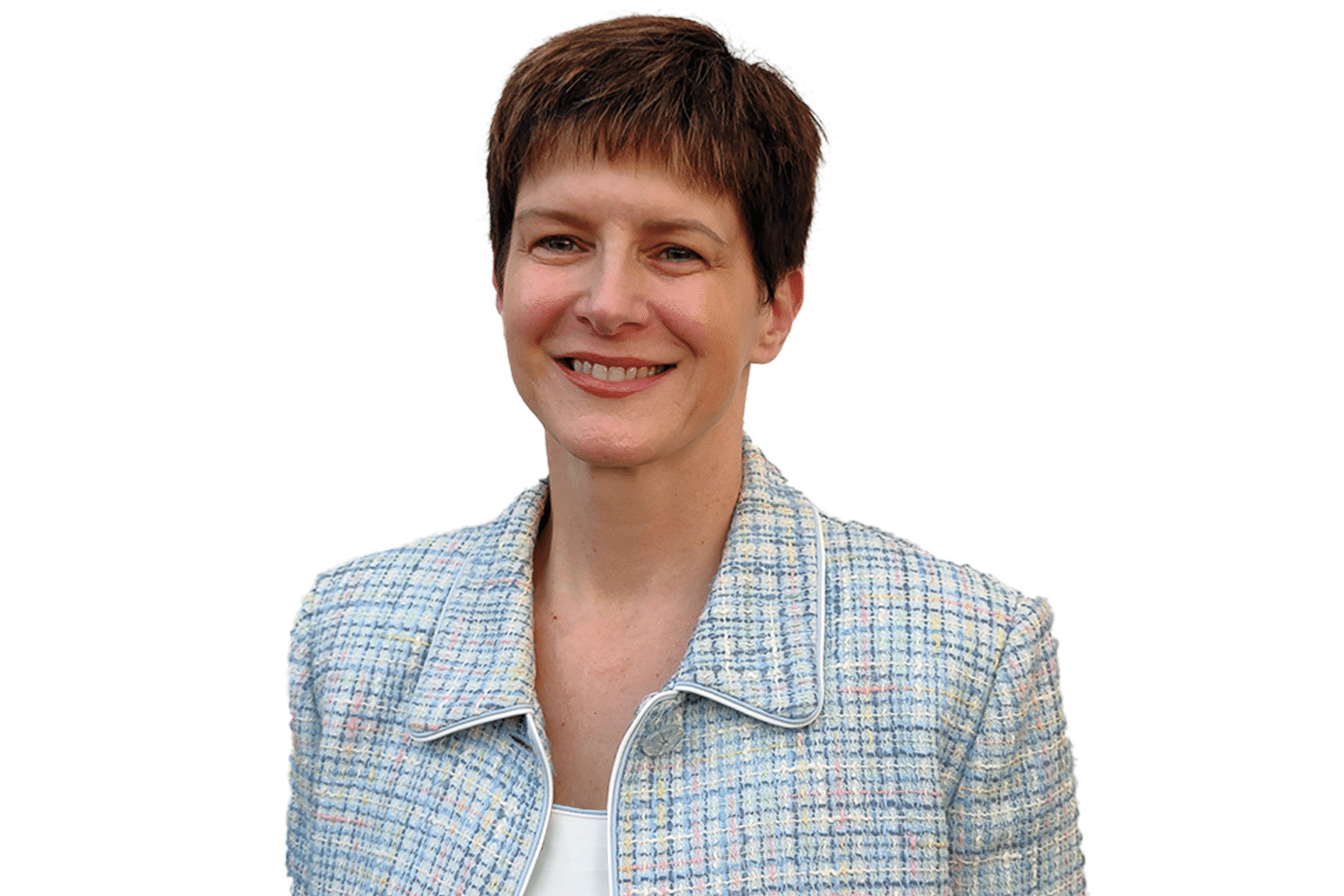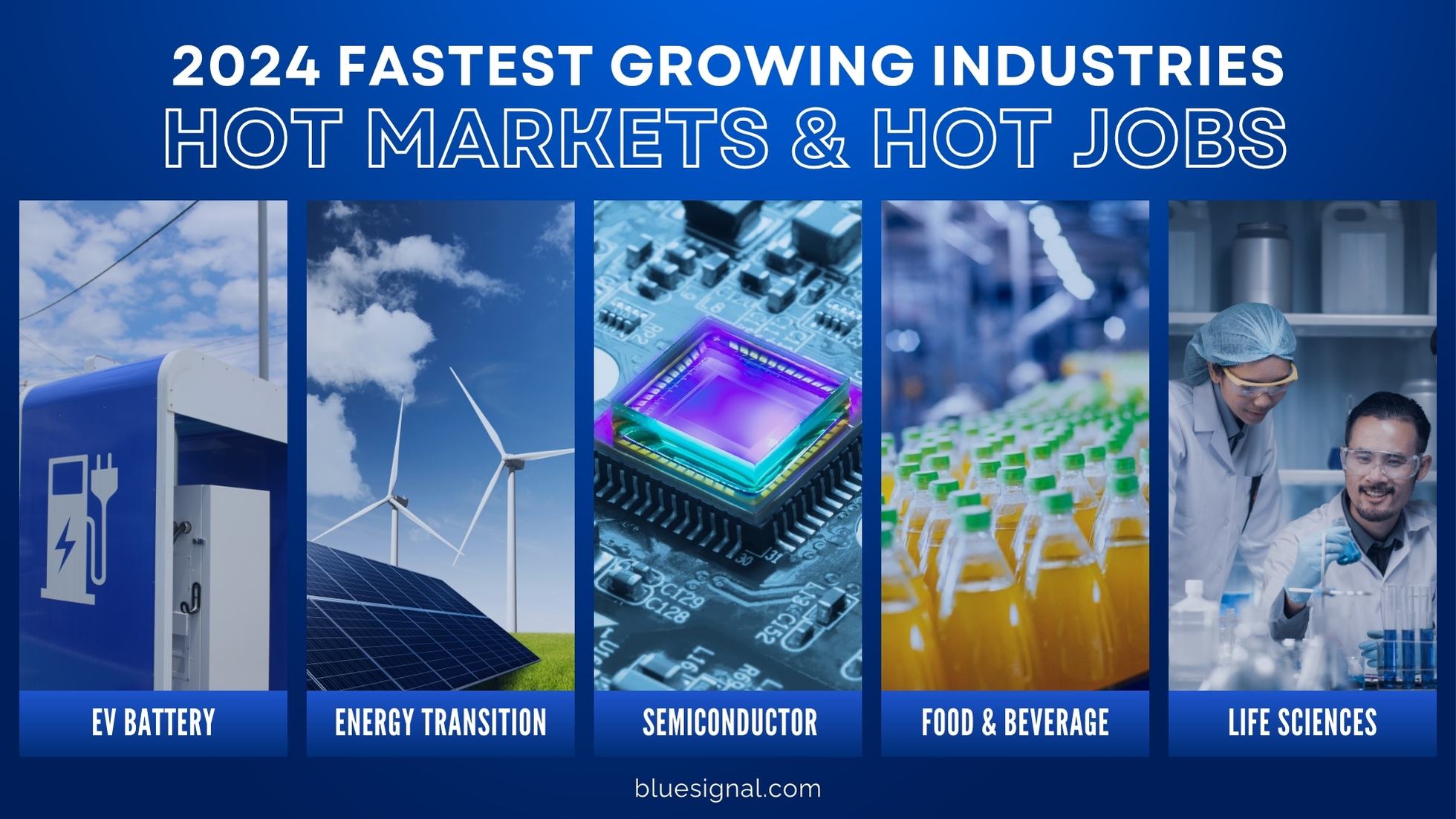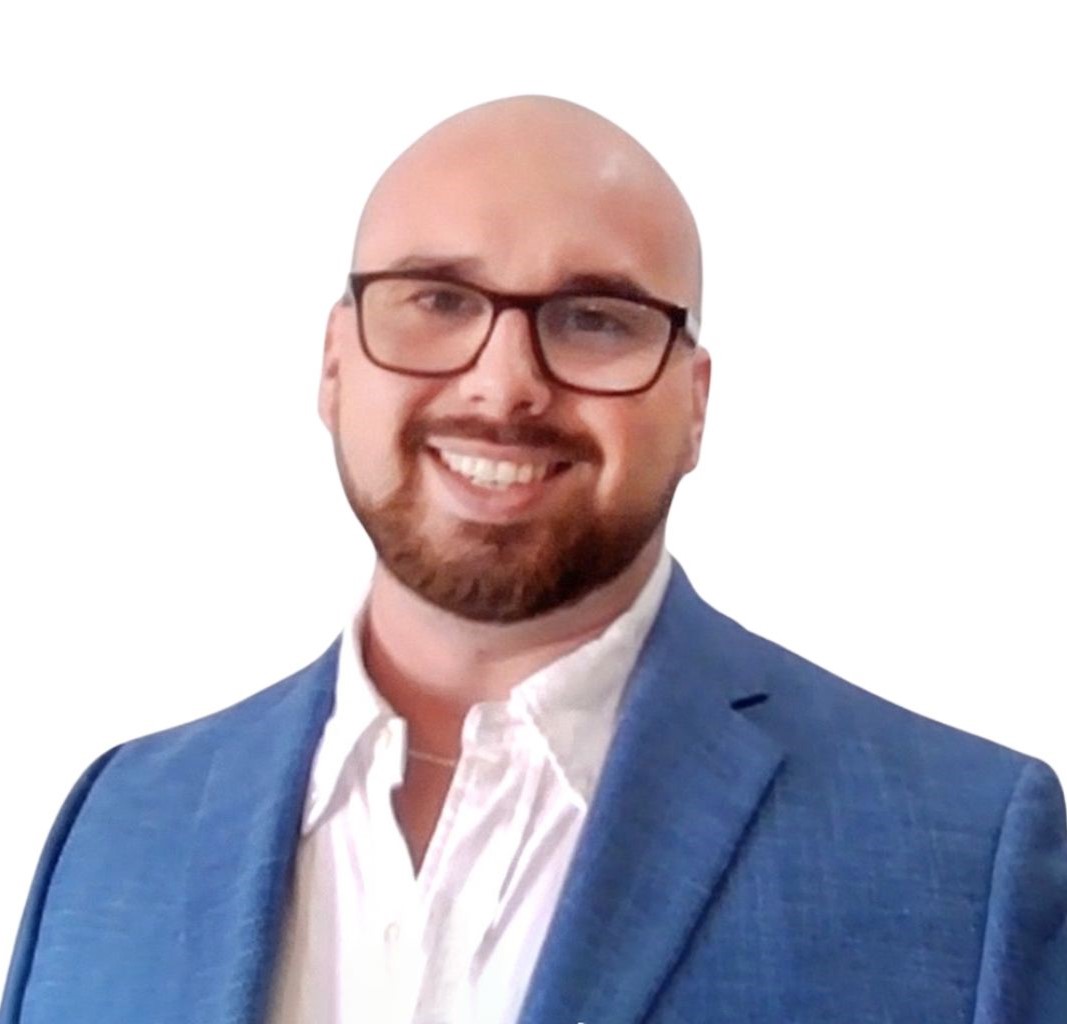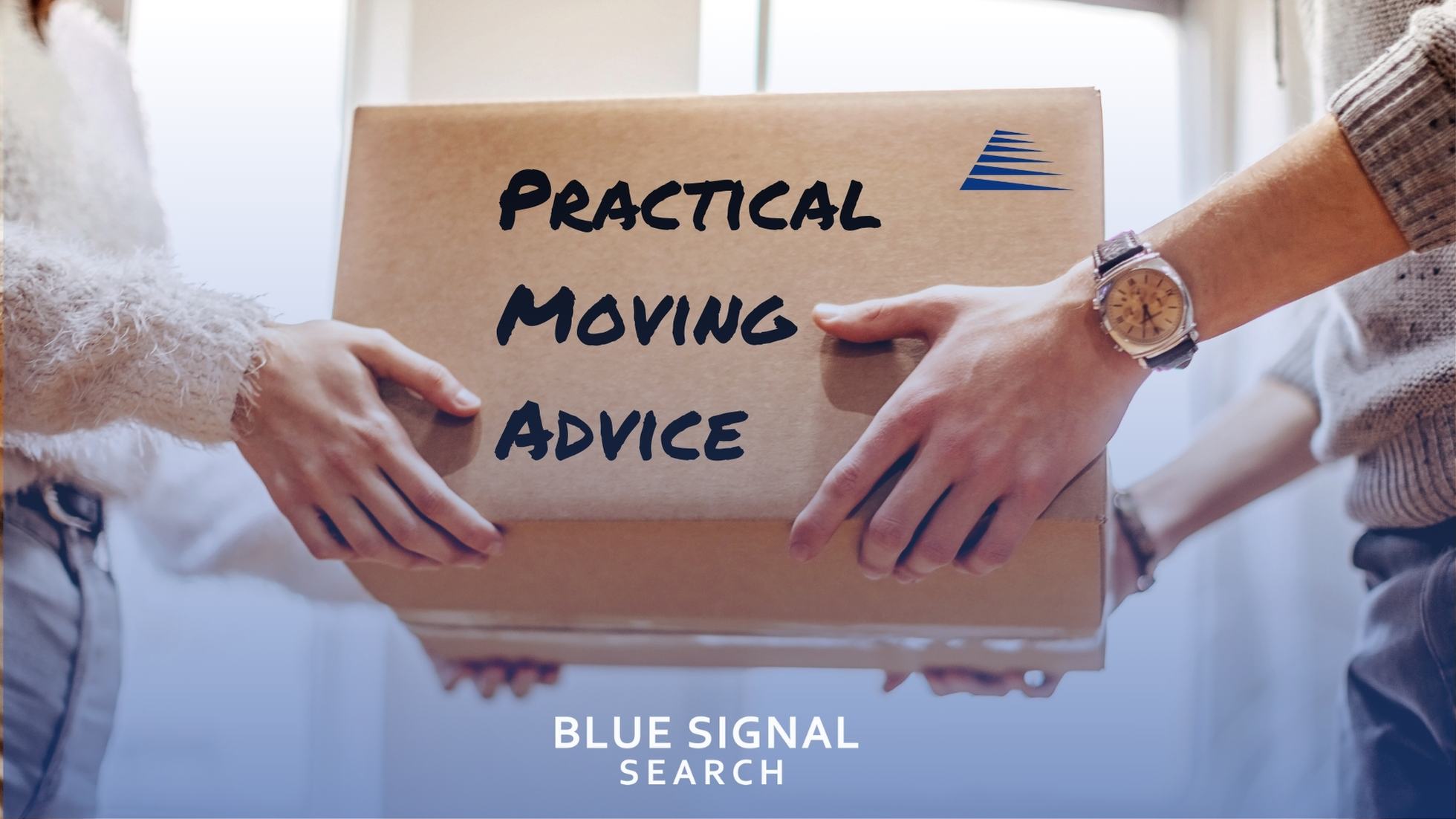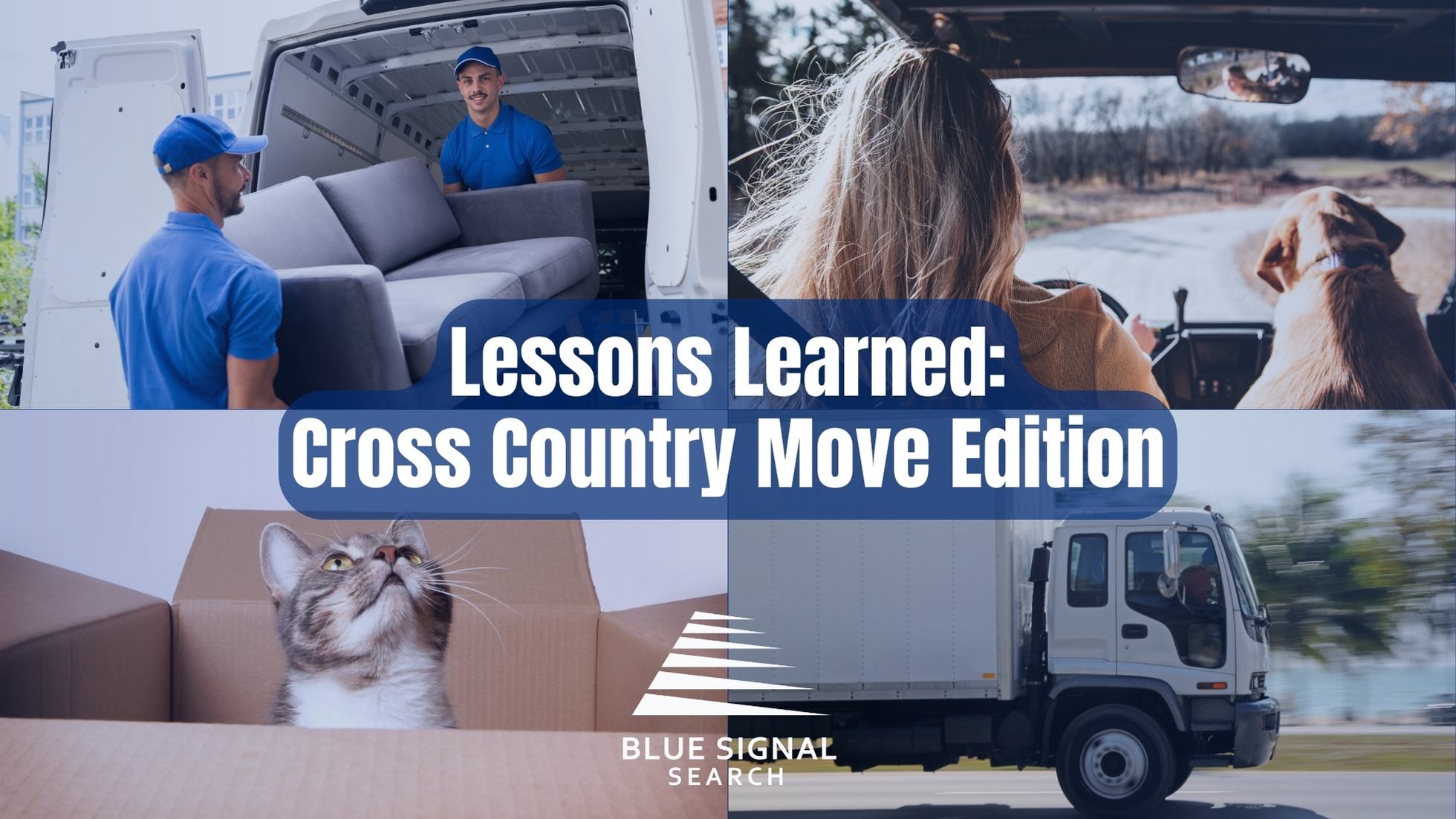Have you noticed how drones, or UAVs (Unmanned Aerial Vehicles), are popping up everywhere these days? From military missions and farming fields to disaster zones and even our backyards, UAVs are becoming indispensable. As this technology becomes essential in various sectors, the demand for skilled professionals who can navigate, innovate, and lead in the UAV industry is skyrocketing. Companies in the drone business face a critical need to have top talent on their teams to stay ahead of the competition. This surge in demand means businesses must be strategic about their recruitment processes. In this blog, we'll explore the rising demand for UAVs, delve into their diverse applications, and show how Blue Signal's recruitment expertise can help you secure the best talent to support your growth and innovation.
The Current Landscape of UAVs

The rising demand for UAVs is driving significant market growth. According to Markets and Markets, the UAV market is set to grow from 5.42 million units in 2024 to 7.51 million units in 2029, with the market value reaching USD 48.5 billion by 2029. This surge is fueled by increasing UAV applications in military, commercial, and personal sectors. The commercial drone market, highlighted by DARTdrones, is expected to surpass USD 129.23 billion by 2025, driven by expanding uses and technological advancements. The Federal Aviation Administration (FAA) reports over 1.7 million drone registrations in the U.S. and more than 200,000 certified remote pilots, indicating significant adoption. Advanced technologies like artificial intelligence (AI) and machine learning (ML) are enhancing UAV capabilities, enabling complex tasks such as real-time data analysis and autonomous navigation. However, this rapid growth brings challenges, particularly regulatory frameworks and safety concerns. Governments are developing regulations to ensure UAV safety and responsibility, crucial for sustaining long-term growth. Understanding this evolving landscape is essential for businesses looking to capitalize on the rising demand for UAVs. Next, let’s explore the diverse applications of UAVs and how they are transforming various industries.
Applications of UAVs
The rising demand for UAVs spans various applications, showcasing the versatility and potential of drone technology. Here are some key areas where UAVs are making a significant impact:
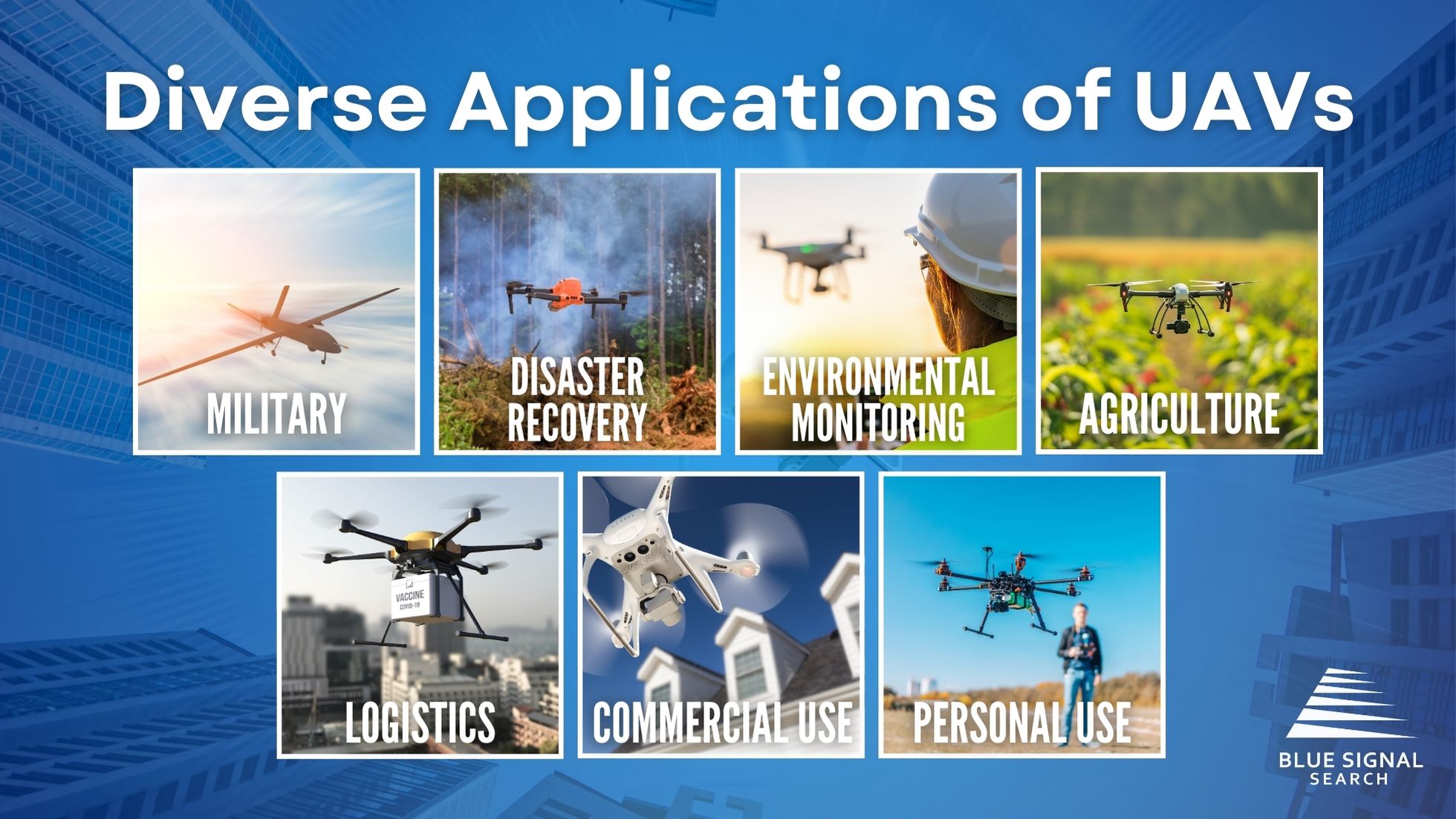
Military:
UAVs provide strategic advantages in surveillance, reconnaissance, and targeted strikes without risking human lives. Military applications remain one of the largest segments of the UAV market, driven by the need for advanced defense capabilities. The ability to deploy UAVs for extended periods and gather critical intelligence has transformed modern warfare, making operations more efficient and effective.
Agriculture:
Farmers use drones for precision agriculture, monitoring crop health, managing irrigation systems, and applying fertilizers and pesticides with pinpoint accuracy. UAVs can cover large areas of farmland quickly, providing real-time data that improves crop yields and reduces resource wastage. This technology helps farmers make data-driven decisions, enhancing productivity and sustainability in agriculture.
Disaster Recovery:
Drones are deployed in search and rescue operations, damage assessments, and delivering supplies to inaccessible areas. Their ability to quickly gather and transmit data helps emergency responders make informed decisions, potentially saving lives and resources. UAVs play a critical role in enhancing disaster response efficiency. The speed and agility of drones allow them to reach areas that are otherwise difficult or dangerous for human responders to access.
Logistics and Environmental Monitoring:
In logistics, drones are being tested for delivering packages, reducing delivery times and costs. Environmental monitoring uses UAVs for tracking wildlife, mapping terrains, and studying ecosystems. These applications highlight the diverse potential of drones and the importance of meeting the rising demand for UAVs with skilled professionals. By integrating UAVs into logistics and environmental efforts, companies can achieve greater efficiency and insight, promoting both economic and ecological benefits.
Commercial Use:
The commercial drone market is set to grow significantly. A PR Newswire article highlights that the commercial drones market size is expected to grow by USD 44.85 billion from 2022 to 2027. This growth is driven by increasing applications in industries such as media, entertainment, and infrastructure, where drones are used for filming, inspections, and maintenance. As UAV technology advances, its commercial applications will likely expand further, opening new avenues for innovation and business growth.
Personal Use:
The personal use of UAVs is growing rapidly. Enthusiasts use drones for aerial photography, recreational flying, and even racing. As drone technology becomes more accessible, the market for personal UAVs continues to expand, offering new opportunities for innovation and enjoyment. The FAA's drone registration data reflects the increasing popularity of personal drones. This trend is fostering a community of hobbyists and professionals who are continually exploring new uses for UAV technology in their everyday lives.
Each of these applications underscores the transformative impact of UAV technology across various sectors. As the demand for UAVs continues to grow, the need for skilled professionals to develop, operate, and innovate these technologies becomes increasingly critical. This brings us to the importance of securing top talent in the UAV industry to meet the growing demands and opportunities.
Securing Top Talent in the UAV Industry
As the UAV market grows, so does the competition for top talent. Companies need professionals who can navigate the complexities of UAV technology, drive innovation, and ensure regulatory compliance. Blue Signal's specialized recruitment strategies cater to the unique needs of the UAV industry, identifying and attracting top talent globally. Our comprehensive recruitment process includes understanding client needs, sourcing qualified candidates, and conducting thorough evaluations. This approach ensures that we place professionals who are not only skilled but also align with your company's culture and goals.
With the rising demand for UAVs, having a dedicated and skilled team is essential for maintaining a competitive edge. The integration of advanced technologies such as AI and ML into UAVs requires experts who can manage these innovations effectively. Blue Signal’s commitment to excellence in recruitment provides the foundation your business needs to meet its strategic goals and achieve sustained growth. By securing the best talent, your company can drive innovation, improve efficiency, and stay ahead in the rapidly evolving UAV market.
Key Placements by Blue Signal Search
Blue Signal has successfully made strategic placements within the UAV industry, filling high-level positions that drive innovation and growth. Our team of recruiters has extensive experience in this area, ensuring we understand the unique demands and challenges of the UAV sector. We have successfully recruited executives and engineers for key roles, including CEO, COO, EVP Sales, and VP of Drone Engineering, among others. These roles are crucial for steering companies through the complexities of the UAV market and ensuring they capitalize on emerging opportunities.
Our expertise extends to various other critical positions, including UAV Software Developers, UAV Operations Managers, and Drone Technicians. By understanding the specific needs of each role, we are able to identify and attract top talent that aligns with your company’s culture and strategic goals. Blue Signal’s ability to match the right talent with the right opportunities ensures that companies have the leadership and expertise needed to thrive.
The rising demand for UAVs necessitates a strategic approach to recruitment. By partnering with a top recruiting firm, like Blue Signal, your business can access top-tier talent essential for sustaining growth and staying competitive in this dynamic industry. Our proven track record of successful placements underscores our commitment to helping your company achieve long-term success.
The International Aspect
The global nature of the UAV industry means that the rising demand for UAVs isn't confined to any one region. Many leading drone manufacturers operate internationally, requiring a workforce that can adapt to diverse regulatory environments and market conditions. Blue Signal excels in placing candidates internationally, ensuring companies have access to the best talent worldwide. Our experience in navigating the complexities of international hiring allows us to find top professionals who can drive innovation and growth in the UAV industry.
With a global talent pool, businesses can meet the rising demand for UAVs and stay competitive in this rapidly evolving market. International placements are crucial for sustaining long-term growth in the UAV sector. Blue Signal’s expertise in identifying and securing top talent from around the world positions your company to leverage the best resources available. This ensures a robust and innovative team capable of navigating the future of UAV technology.
Final Thoughts: Meeting the Growing UAV Market Demands
In summary, the rising demand for UAVs is revolutionizing various sectors, from military and agriculture to disaster recovery and personal use. With advancements in technology and expanding applications, drones are reshaping industries and creating new opportunities. This booming market brings exciting possibilities, but also a critical need for top talent to drive innovation and navigate the complexities of the UAV industry. Securing the right professionals is essential to staying competitive and achieving your strategic goals. The right team can make all the difference in turning challenges into opportunities and ensuring your company thrives in the ever-evolving UAV landscape.
Meet Jordan Lawhead: Your Partner in UAV Recruitment
Jordan Lawhead, Vice President at Blue Signal, brings a wealth of experience to the recruitment industry. With his deep understanding of the UAV market and a commitment to connecting businesses with top talent, he and his team are dedicated to helping your company excel in this dynamic field. Whether you need a visionary CEO, a VP of Drone Engineering, or specialized UAV technicians, his expertise ensures you find the perfect fit for your team. As a leader at Blue Signal, Jordan has a proven track record of driving successful placements that support your strategic goals. Contact Jordan today to learn how he can meet your UAV recruitment needs and propel your company’s success in this rapidly growing industry.

Partner with us for your next hire.
Set up a free consultation with a recruiting manager. Tell us about your hiring need.
By submitting this form, you consent to receive communications from Blue Signal, including phone calls, emails, and text messages.
